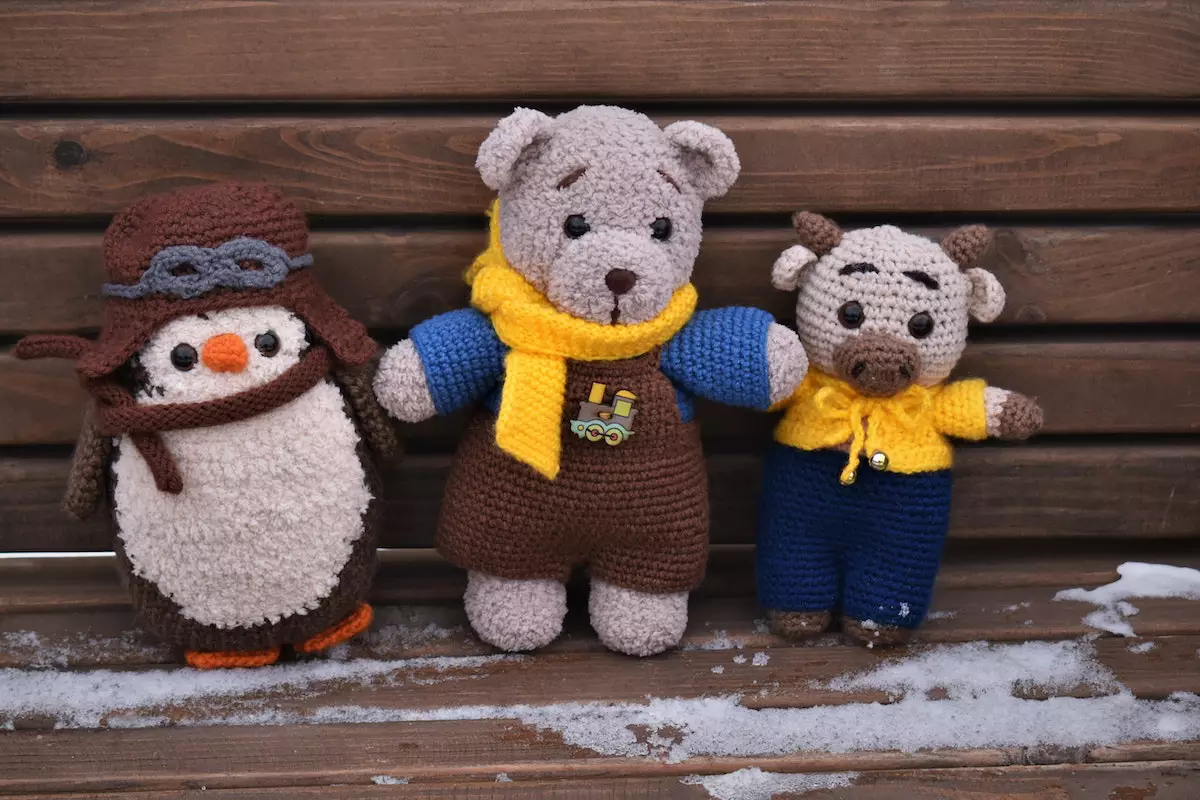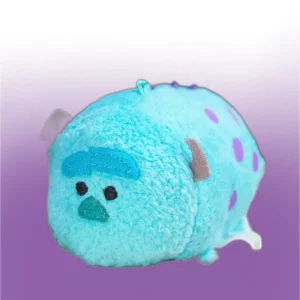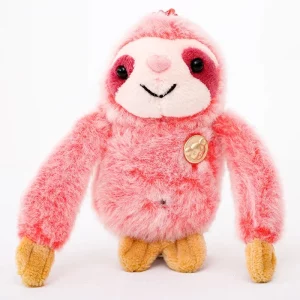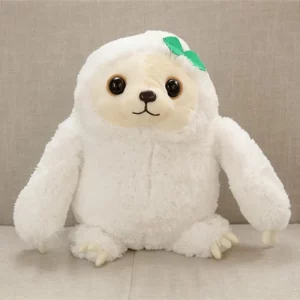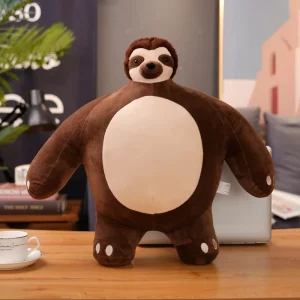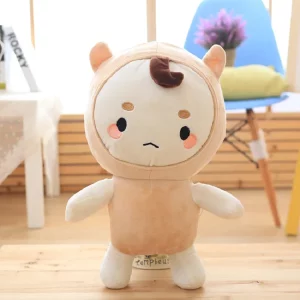For most children, a stuffed animal becomes their first best friend. While many plush companions may come and go over the years, one special “stuffie” often captures their heart like no other.
As parents, we must safeguard these cherished companions and ensure they remain in excellent condition, preserving the bond between our children and their beloved furry friends for years to come.
And one foolproof way to do that is by surface-washing your stuffed animals. What does it mean? How can you surface-wash stuffed animals? Any tips? We have answered all these questions and more in today’s write-up!
Introduction: Encountering the Term “Surface Washable”
The term “surface washable” is pretty self-explanatory. It means the product in question should not be submerged in water or tossed in the washing machine. Instead, only the product’s outer surface should be washed by hand while carefully keeping the inside dry and free from moisture.
Understanding the term “surface washable” is crucial for owners of stuffed animals or soft toys. That’s because this term frequently appears on toy care labels and product descriptions. Learning about its significance ensures you can provide the right care and maintenance for your beloved plush companions.

Defining Surface Washable: Unraveling the Meaning
“Surface washable” is a term we often hear, especially regarding everyday items like clothes, furniture, and electronics.
At its core, surface washable refers to items that can be cleaned or wiped down on their external surfaces without causing damage to the material or compromising their functionality. This label usually comes on things that can easily get dirty, stained, or used a lot.
For example, suppose you spilled some coffee on your couch. If its care label reads “surface washable,” you can easily wipe or blot the stain from the couch’s surface without worrying about ruining the fabric.
The Process of Surface Washing: What Does it Involve?
Surface washing is an effective cleaning method that removes dirt, debris, and stains from the external surfaces of various products. You can apply this method on both hard and soft items.
While the process of surface washing can vary slightly depending on the product’s material, below we have broken down the general steps involved:
Gathering Necessary Supplies
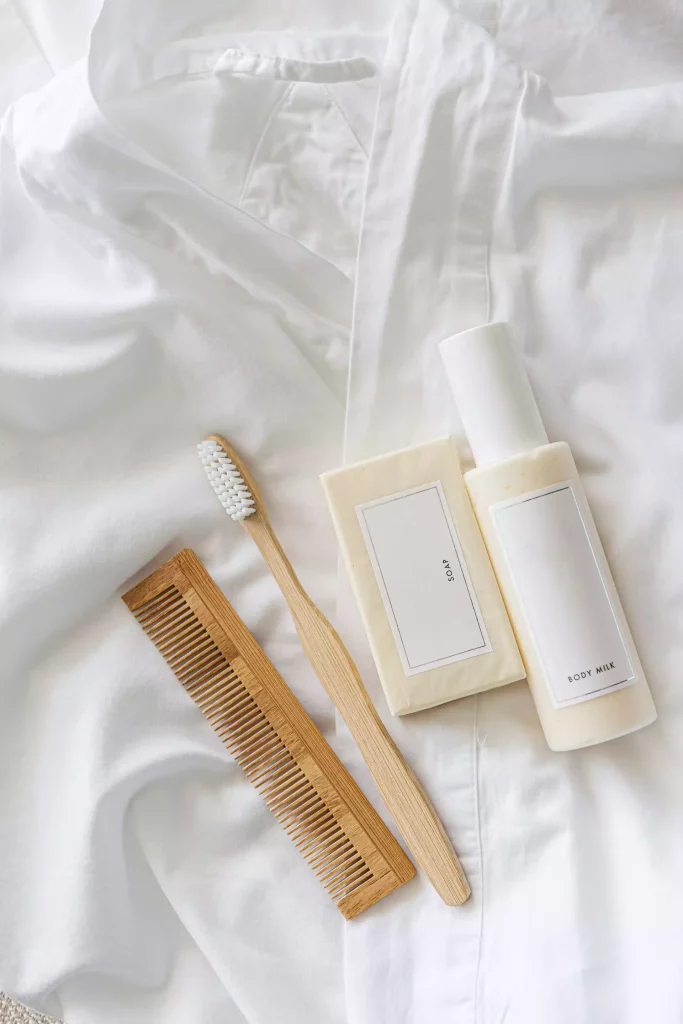
Some necessary tools for surface washing include cleaning solutions, detergent, brushes, scrubbers, clean kitchen towels, buckets, etc.
A soapy mixture of water and mild detergent for regular surface washing would work just fine. But if you are working with stubborn stains, you can opt for commercial, bleach-free stain removers. If you plan to use stain removers on fabric surfaces, do a patch test first on a hidden area.
Pre-Cleaning
Always take a moment to pre-clean your product. That may include dusting with a brush or cloth, sweeping, or vacuuming to remove loose dirt and debris from the surface.

Cleaning Method
Depending on your product, you can proceed with any of the following cleaning methods:
· Spot Cleaning
It involves using a cleaning solution or stain remover to blot stains from fabric surfaces. This method is ideal for fabric toys like plushies and stuffed animals.
· Scrubbing and Brushing
It involves gently brushing off dirt and debris from a product’s surface with scrubbers or brushes. This method is ideal for both soft and hard toys.
· Wipes
You can use non-toxic wipes to wipe down the surface of plastic toys.
Rinse
Once you have surface washed your fabric product, wipe the affected area clean with a damp cloth. Blot or rub the area gently to remove as much residue or suds as possible.
Next, you can use a dry kitchen towel to blot the area once more to remove excess moisture.
Dry
Always allow fabric products to air dry. Drying them under direct sunlight can damage their material.
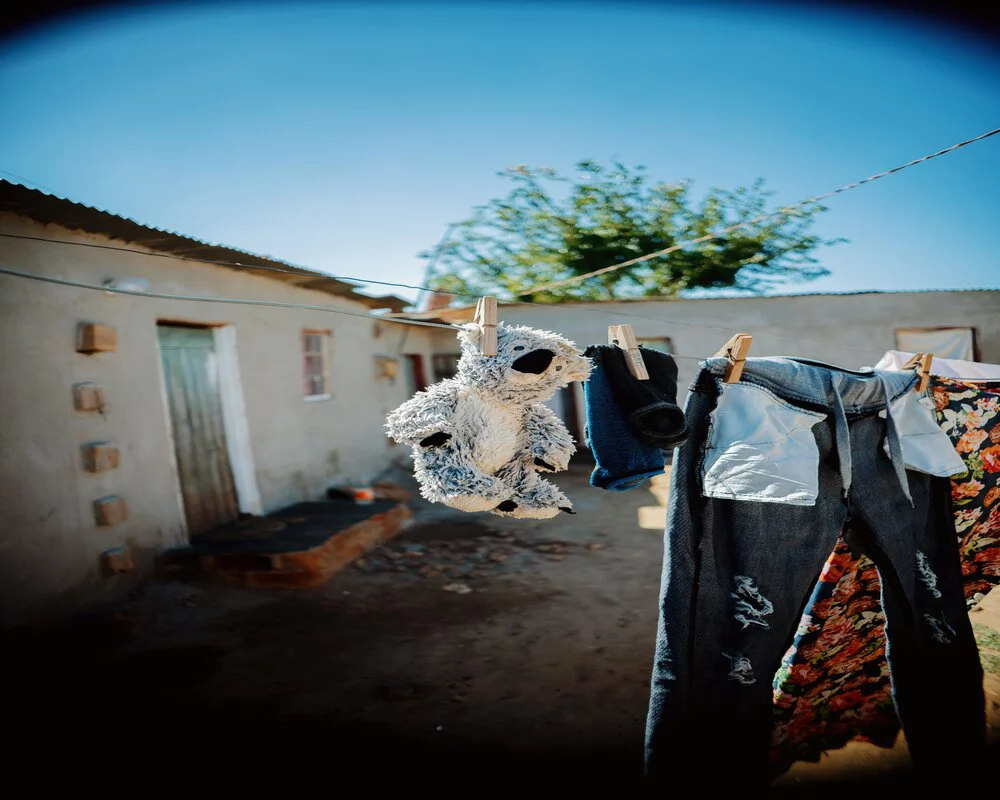
What Does “Surface Wash Only” Mean for Your Stuffed Animal?
Now that you have learned the general concept of surface washing let’s focus on what “surface wash only” means for your stuffed animals.
When cleaning your plush toys, if you come across the “surface wash only” care label, it simply means you should not submerge the toy in water or wash it in a washer.
The primary reason why most stuffed animals are only suitable for surface washing is due to their fillings. As you may know, stuffed animals are generally made with washable fabrics and clothes. So, while that may be completely safe for handwashing or machine-washing, the insides may get damaged or lose their form on contact with water.
However, in case your stuffed animal is extremely soiled, there is one way to wash them thoroughly. But you should proceed with caution. Here’s what you can do:

· Carefully unseam a tiny part of the toy. Big enough to remove the stuffing.
· Then, wash and rinse the outer fabric as you normally would. It’s best to soak it in soapy water for 15-20 minutes and scrub it with your hands.
· Once rinsed, brush the toy’s fur with a soft brush to prevent matting.
· Then, allow the outer cover to air dry. You can use a hair blower on the cool setting to speed up the drying process.
· Once completely dry, reinsert the stuffings and stitch the opening back together.
When and Why is Surface Washing Used?
Regular Maintenance
Whether they belong to kids or adults, stuffed animals often end up in messy situations. They can be victims of food or juice spilling, land on muddy puddles, or get dragged around by little ones and pets.
Hence, surface washing your stuffed animals once a week can help keep your cuddly companions clean and fresh.
Providing A Safe Play Experience
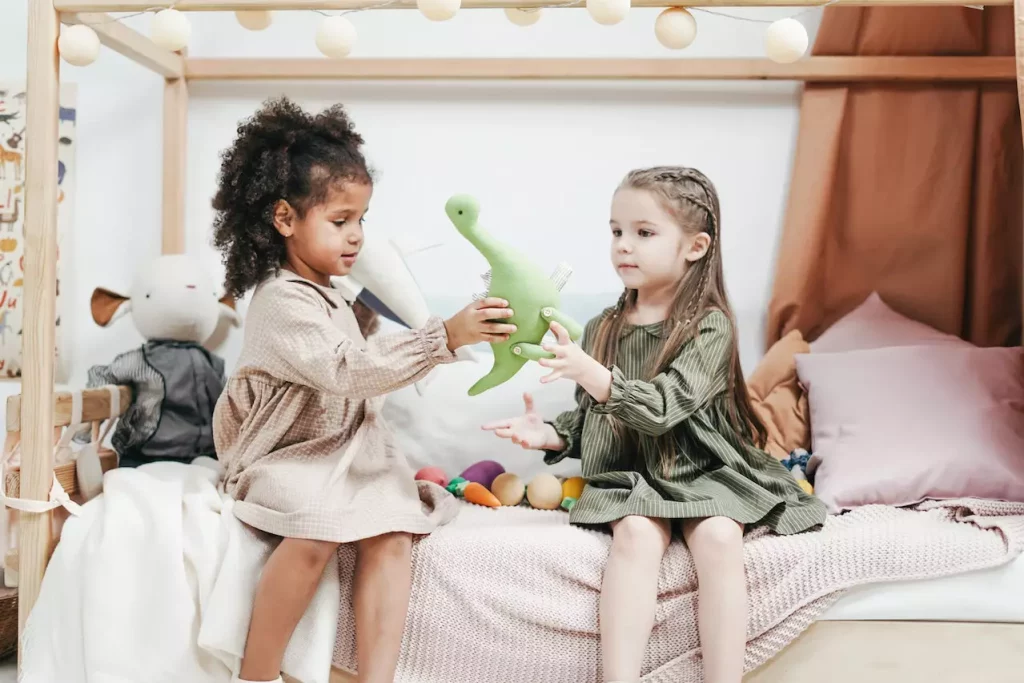
Children and even some adults often form strong emotional attachments to their stuffed animals. Ensuring these toys are clean and free from dirt and contaminants provides a safe and hygienic play experience.
Surface washing helps prevent the buildup of allergens, dust mites, and bacteria, which can be especially important for children with allergies or sensitivities.
Spot Cleaning
Surface washing with a stain remover or cleaning agent can help remove stains on stuffed animals.
Avoid Water Damage
As we mentioned, the fillings inside some stuffed animals may get damaged or lose their original form and texture when they come in contact with water. In such cases, surface washing can be applied.
Moreover, you should never submerge stuffed animals with delicate features and electronic parts in water. Doing so can lead to malfunction or permanent damage. This makes surface washing the only suitable cleaning method for keeping your stuffed animals fresh and new-like while preserving their functionality.
How to Surface Wash Stuffed Animals?
In this section, we’ll cover two methods of surface washing that you’ll likely need for cleaning your stuffed animals –Regular Cleaning and Spot Cleaning.
Step-By-Step Guide For Regular Surface Washing Stuffed Animals
· Firstly, dust off your stuffed animal with a soft brush or cloth. You can also use a vacuum cleaner with an upholstery attachment on the lowest setting.
· Make a cleaning solution by mixing mild laundry detergent or baby shampoo with cool water.
· Soak a clean white cloth in the soapy mixture. Wring it to remove excess water.
· We recommend using a white cloth to avoid color transfer.
· Then, gently wipe your stuffed animal thoroughly, starting from its head, and work your way downward. Repeat as needed.
· Once you’re satisfied with your toy’s appearance, dampen another clean towel with clean water.
· Wipe over the stuffed animal to remove all suds. Repeat as needed.
· Finally, allow your stuffed toy to air-dry. You can either hang it with a clothespin on an indoor clothesline or lay it flat on a clean surface.
Step-By-Step Guide For Spot Cleaning Stuffed Animals
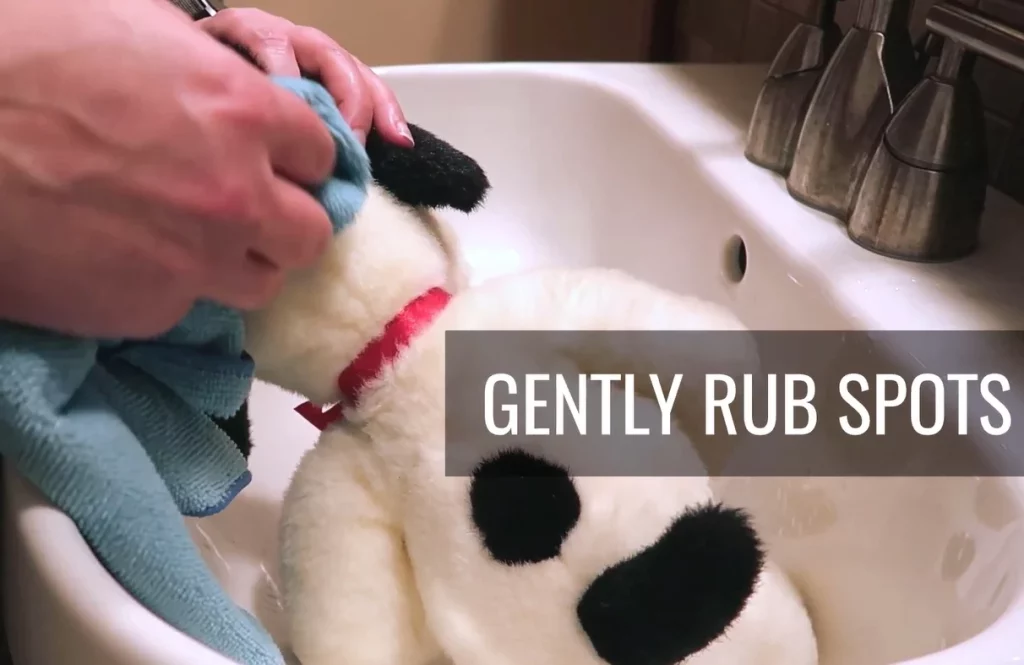
· Make a cleaning solution with one teaspoon of mild detergent and one cup of cool water.
· You may even use a solution of oxygen bleach and water. But do a patch test first on a hidden area of your toy before proceeding.
· Dip a clean, white cloth in the cleaning solution.
· Blot the stained area until the stain is gone.
· Take another clean cloth and dampen it with clean water.
· Blot the affected area to remove any residue.
· Let your stuffed animal air dry completely.
Conclusion: The Importance of Understanding Surface Washing
To reinstate, understanding what surface washing means is vital for owners of stuffed animals, or any plush toy for that matter. Why? Because it allows you to properly care for your plush pals without ruining their fabric, form, and cuddly nature.
If your stuffed animal has the “surface washable” tag, we hope you now know what to do. Just take a clean cloth, dampen it in mild, soapy water, and wipe the surface of your toy. Then, take another clean cloth dampened with clean water and wipe your toy to remove any residue or suds. Allow your toy to air-dry, and viola! Your stuffed animal is all set for another round of playing or cuddling sessions.
By following these guidelines, you can ensure that your cherished plush pals remain clean, safe to cuddle with, and a source of comfort and joy for years to come.
